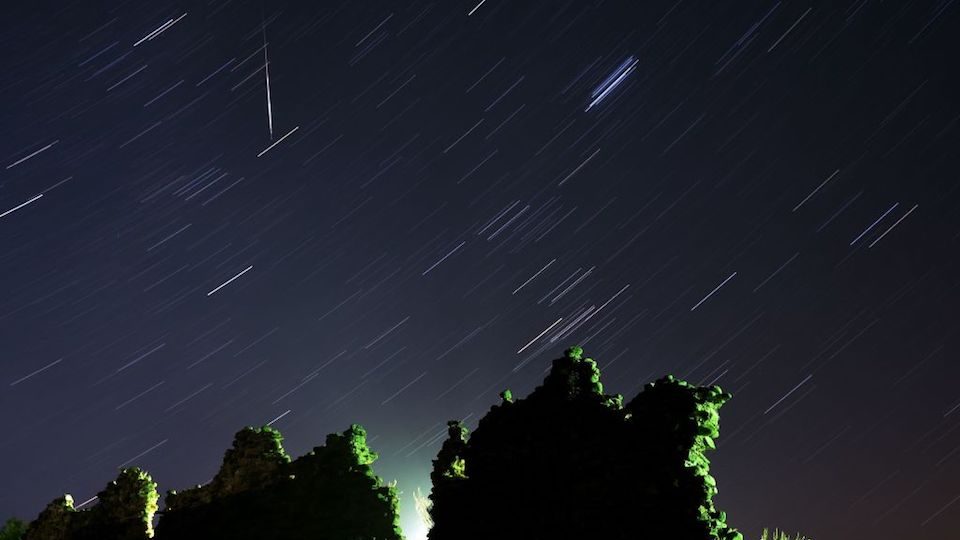Difference between meteor, meteor, asteroid and comet 1:13
(CNN) - The annual Perseid meteor shower show will peak with the most meteors since the last hours of August 11, as well as the first hours of the 12th. This coincides with the last quarter of the moon phase. , or with a half moon.
Even though it's not a full moon, it will be 52% illuminated, reducing the expected number of visible meteors from more than 60 per hour to around 15 to 20 per hour, according to NASA.
Once night falls, expect to see a meteor or shooting star streaking through the sky every few minutes. Hopefully clear skies will allow the best viewing of these glowing meteorites and fireballs.
The meteor shower is also visible on August 10 and 13, according to the American Meteor Society.
What are the Perseids?
For 2,000 years, the Perseids have put on a scintillating show, according to NASA. Comet Swift-Tuttle orbits the Sun once every 133 years, so each August, Earth passes through the comet's debris field. Ice and dust, accumulated over a thousand years, burn up in our atmosphere to create the meteor shower. The Perseids show brighter meteorites than any other annual meteor shower.
Meteors can be traced back to the constellation Perseus, from which they get their name. From our perspective, all meteors appear to come from a single point called "radiant," but that is because they are moving in parallel with each other.
When the "radiant" is highest in the sky, we will see the most meteors. But "Earthgrazer" meteors, which skim Earth's atmosphere and show long, fiery tails, are visible earlier, when the radiant is low above the horizon.
The meteors themselves travel at 212,000 kilometers per hour, which creates their vivid rays of light. They can reach between 1,600 and 5,500 degrees Celsius during that rain.
The comet itself will come extremely close to Earth in 2126.
How to observe the Perseids
NASA scientists reported that although rain can be seen anytime after 9 p.m., the best time to detect a meteor burst will be during the darkest part of the night, in the early hours before sunrise. between 2 am and dawn.
The bright moon will rise around midnight, which changes the maximum viewing window, according to NASA. But you can still expect to see a streak of meteorites in the sky every two minutes.
Patience is the key. It can take up to 45 minutes for your eyes to adjust to the darkness for optimal viewing. Meteorites can appear anywhere in the sky, but they look brighter against the darker sky.
Some meteorites are just faint, fast streaks. Others are brighter and may appear to sail across our sky for several seconds, leaving a glowing smoke trail.
The best way to see the meteor shower is to sit in a reclining chair or lie on your back and gaze at the sky with a wide view. You don't need special equipment, but if you want the best view, it's best to be as far away from artificial light as possible.
If you live in an urban area, you may want to drive to avoid city lights, which can make the meteor shower appear faint. NASA scientists also say that camping can triple the number of visible meteors.
And don't forget to take your camera before you go out. Meteor showers are a great opportunity for time-lapse video and long-exposure photography as they allow your shots of the night sky to be turned into paintings of this starry show just like Van Gogh's.
Perseids

